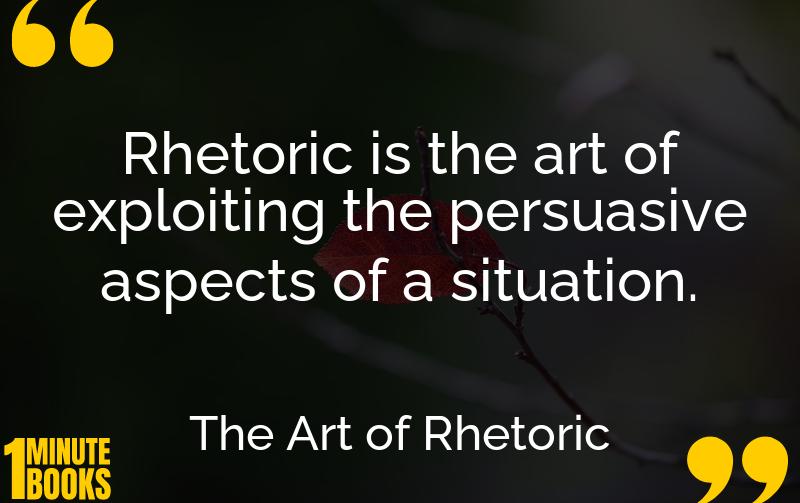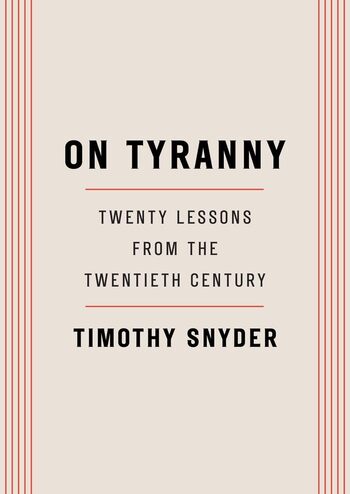
The Art of Rhetoric by Aristotle teaches effective persuasion using ethos, pathos, and logos. He values truth and virtue as cornerstones of persuasion, promoting rational argument over emotional manipulation.
Main Lessons
- Rhetoric is an art form with ethos, pathos, and logos as the three methods of persuasion.
- Ethos involves establishing credibility and trustworthiness with the audience based on character.
- Pathos taps into the emotions of the audience to influence their judgement.
- Logos relies on reason and logic, forming the strongest method of persuasion.
- Aristotle advocates for the truth and virtue as the core foundation of rhetoric.
- Speakers must adjust their character and presentation style to suit their audience.
- Effective demonstration of emotion can enhance ethos, but overstating can appear insincere.
- Understanding audience emotions helps harness pathos effectively to influence decisions.
- Logical arguments, or enthymemes, guide thought processes through probable conclusions.
- Clear and natural delivery and elegant simplicity are crucial for effective communication.
- A well-structured speech includes introduction, narration, proof, and conclusion.
- The introduction sets the tone, grabs attention, and establishes speaker ethos.
- Narratives appeal to audience emotions, employing pathos before logical argumentation.
- Proof is the core of logos, where arguments are clearly presented and defended.
- A punchy conclusion summarizes arguments, leaves a strong impression, and often uses emotional appeal.








